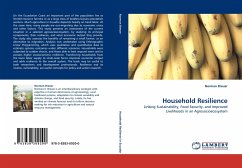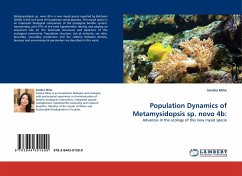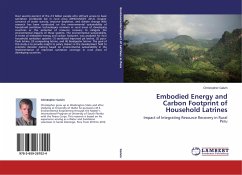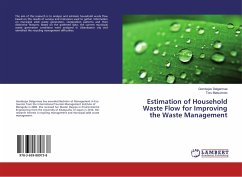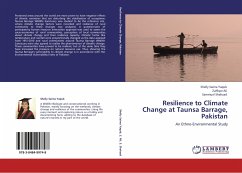On the Ecuadorian Coast an important part of the population live as limited-resource farmers or as a large class of landless banana plantation workers. Much agriculture in Ecuador depends heavily on hand labor. At the same time, many people are out-migrating due to economic crises and other factors. This study presents an assessment of the current situation in a selected agrosocioecosystem, by studying its principal components, their resilience, and what economic output they provide. The study also assesses the benefits of remaining a small farmer, as an alternative to migration. Analysis was undertaken using Ethnographic Linear Programming, which uses qualitative and quantitative data to estimate systems outcomes under different scenarios. Households were subjected to sudden shocks, and those able to best respond were said to possess higher socioeconomic resilience. Transferring households from the town labor supply to small-scale farms improves economic output and adds resilience to the overall system. The book may be useful to both researchers and development professionals. Resilience and its inverse, vulnerability, are useful concepts for policy and action research.

